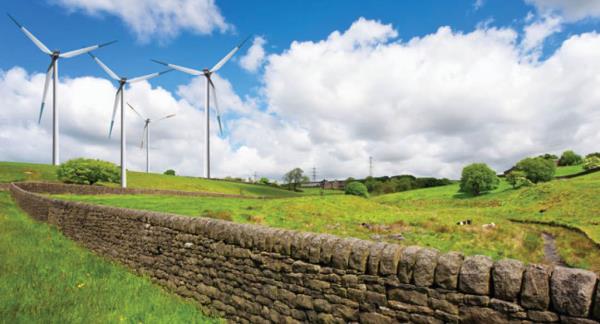02 May 2025

The International Energy Agency (IEA) has warned this month that the electricity needed to power the world’s data centres could double to 945TWh by 2030, largely driven by AI’s surge. There is now a growing concern about how industry can keep up without tipping the scales on sustainability.
“Although there’s hope that less power-hungry technologies will develop, from liquid cooling to more efficient inferencing, for example, right now there’s no silver bullet. Organisations should look to mitigate against future energy scarcity by modernising their existing infrastructure platforms and reducing space and power demands for their current applications,” notes Mat Brown, Technical Lead, Data Centre & Sustainability, Nutanix.
“The technology industry must focus on efficiency to avoid significantly increasing its energy footprint,” agrees Gregory Lebourg, Global Environmental Director, OVHcloud. “To some extent, our industry already has a strong pedigree in this - for example, between 2010-2018, the scope of global data centre compute increased by 550%, but energy use in data centres only increased by 6%. However, with the ever-present threat of global warming, it’s crucial that we scrutinise every link in the technology supply chain to make sure that we can support today’s needs without compromising the world of tomorrow.”
John Booth, Technical Director at the National Data Centre Academy, however, suggests a closer look at the sources and methodologies cited: “it is highly doubtful that energy use for data centres will double by 2030, simply due to grid capacity. The UK has approximately 1.5-1.8GW of data centre capacity with some 2GW planned and viable and an additional 2GW planned but lacking either finance, planning permission or a grid connection offer, so by 2050 we ‘could’ have 5.5 GW of capacity.”
The UK currently imports 5-15% of its energy per day, approximately 6GW of capacity, potentially rising to 15GW by 2030 if the above projects are completed. The National Energy System Operator (NESO) is reviewing the connection pipeline (currently 400GW) to remove ‘zombie’ projects, which should result in the pipeline being reduced by up to 33%.
“We are also investing in fusion and small modular reactors that are likely to come online within the next 10 years, although that depends on the wheels of commerce! This means that we ‘will’ have plenty of capacity in the future for EV charging, heat pumps and data centres - and largely from renewable energy sources,” adds Booth.
Vinny Vaghani, Operations Manager, IP House, agrees that predictions like this often don’t account for how quickly things can change: “China has already shown with DeepSeek, it’s possible to achieve similar or better AI results using a lot less energy and with lower upfront costs than what we’re seeing from some of the big Western players. It’s a reminder that early numbers don’t always match the longer-term picture. We’ve seen this kind of shift before; cloud computing and video streaming were both expected to overwhelm the grid, but smarter software, better chips, and more efficient infrastructure ended up making it all work.”
Indeed, it’s not all doom and gloom: the IEA also predicts that AI will be an essential tool in informing how to manage future energy demand, engineer more efficient data centres and accelerate the development of new, cleaner sources of electricity generation.
“Will sustainability wither on the vines of AI? No, only if we let it - and I do not believe that will happen,” concludes Booth.










